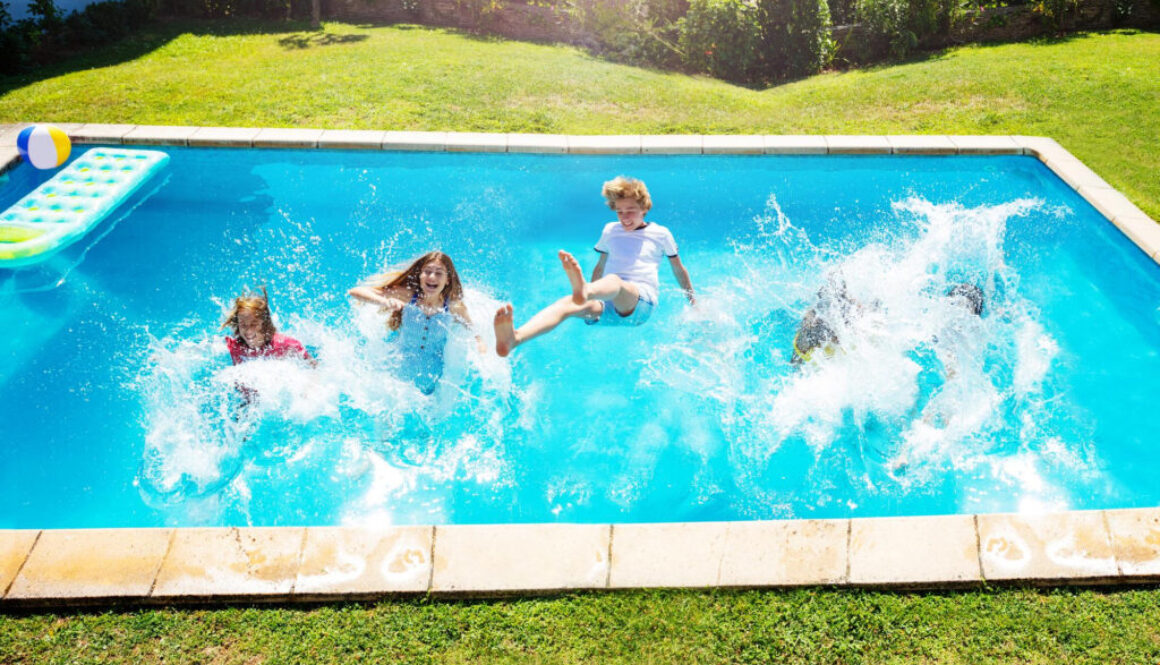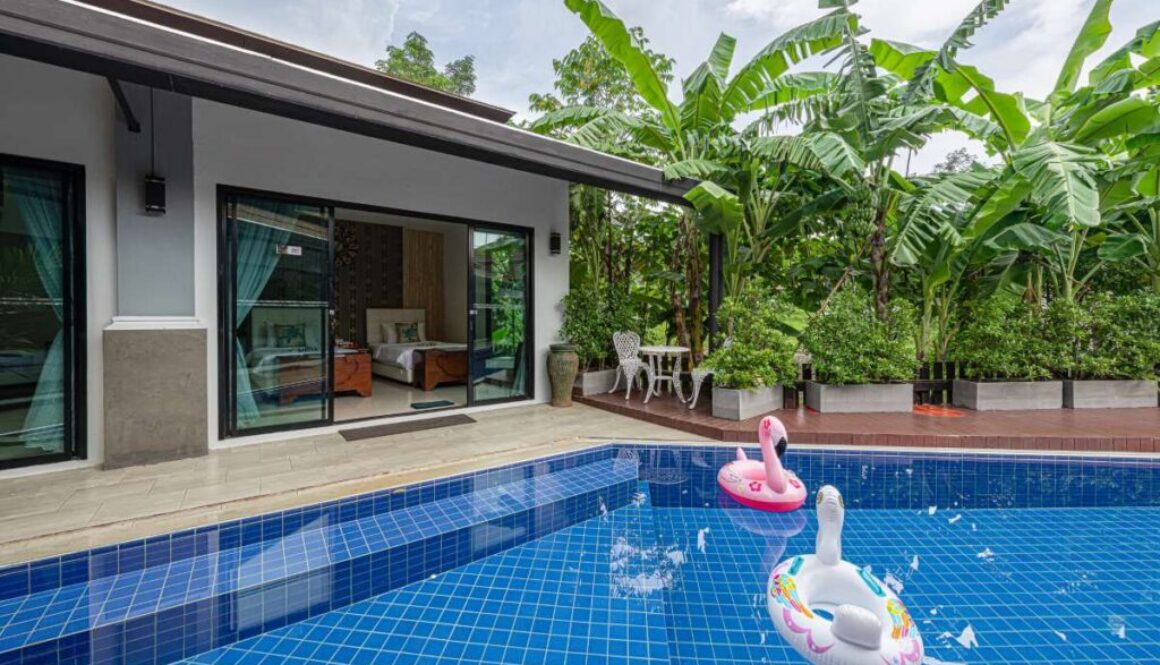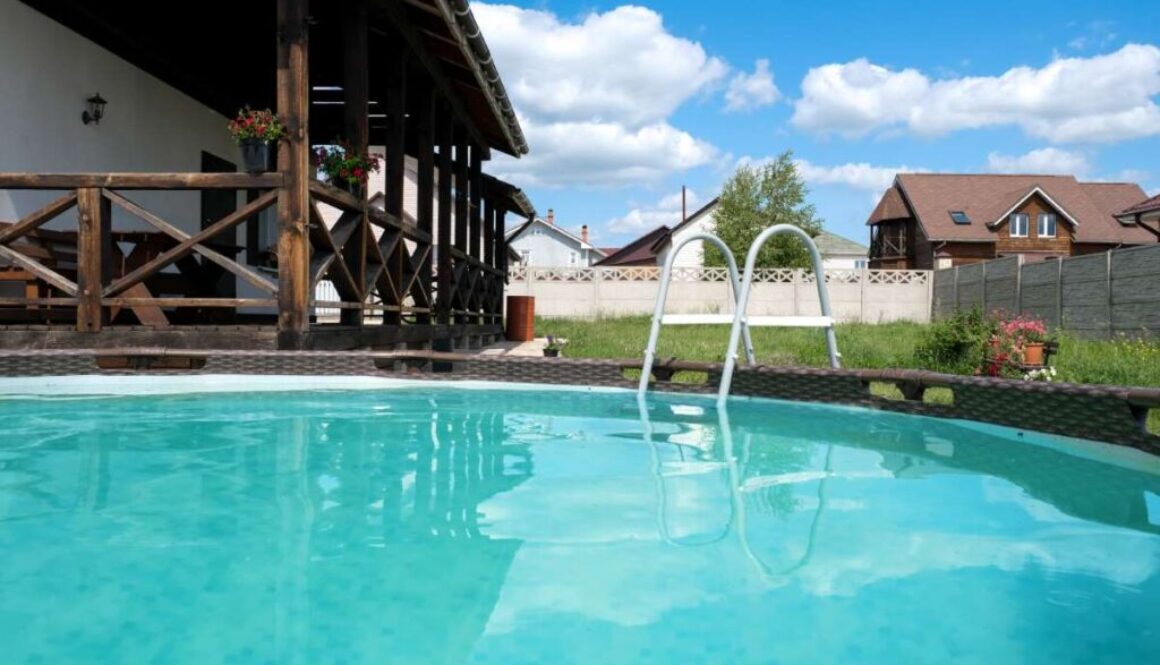Why Some Pools Never Seem to Stay Balanced
Living in Jacksonville, FL, where the sun shines brightly and summer days beckon for a refreshing swim, the last thing you want is a pool that is out of balance. However, many pool owners find themselves grappling with this very issue. Understanding the reasons behind an unbalanced pool can lead to not only a more enjoyable swimming experience but also significant cost savings in maintenance and repairs. In this blog post, we will explore common factors contributing to pool imbalance, how to address them, and why you should consider enlisting the help of a professional service like Pool Service Jacksonville: Expert Pool Care.
The Science of Pool Chemistry
At the heart of pool maintenance is chemistry. The water in your pool contains various chemicals that need to be balanced to ensure safety and cleanliness. The pH level, alkalinity, and chlorine concentration are just a few of the elements that must be monitored regularly. If these levels are off, it can lead to cloudy water, irritation to the skin and eyes, and even damage to pool surfaces and equipment.
One of the most common reasons pools become unbalanced is the addition of chemicals without proper testing. For instance, if you add chlorine without first checking the current levels, you might oversaturate the water, leading to irritation and a green pool. Regular testing and balancing of chemicals are crucial, which is why our team at Pool Service Jacksonville recommends a thorough assessment at least once a week.
Water Level Fluctuations
In Jacksonville, the warm climate can cause significant evaporation, leading to fluctuating water levels. When your pool’s water level drops too low, it can expose the skimmer, making it pull in air instead of water, which can lead to equipment damage. Conversely, heavy rains can cause overflow and introduce debris, disrupting the chemical balance.
To maintain an optimal water level, regularly check your pool and top it off as needed. Our comprehensive service includes not just chemical testing but also monitoring water levels to ensure your pool remains in perfect condition. Let Pool Service Jacksonville handle these concerns while you enjoy your pool without worry.
Debris and Algae Buildup
Leaves, dirt, and debris can accumulate in your pool, leading to algae growth, which not only makes your pool look uninviting but also affects the chemical balance. Algae thrive in poorly maintained pools, turning the water green and unsightly. Regular skimming, brushing, and vacuuming are essential to prevent this buildup.
Our dedicated team at Pool Service Jacksonville provides thorough cleaning services, including scrubbing the tiles and cleaning the bottom of your pool to remove any debris or algae. With our help, your pool can stay clean and inviting year-round.
Equipment Malfunctions
Your pool’s equipment, including pumps, filters, and heaters, plays a vital role in maintaining water balance. If any of these components malfunction, it can lead to water quality issues. For instance, a clogged filter can prevent proper water circulation, leading to stagnant water and imbalances in chemical levels.
Regular maintenance can prevent equipment issues. Our team uses state-of-the-art technology to ensure your equipment operates efficiently and effectively. By choosing Pool Service Jacksonville, you can rest assured that your pool’s equipment is in expert hands, minimizing the risk of unexpected breakdowns.
Temperature Variations
The temperature of your pool can significantly affect chemical balance. Warmer water can lead to accelerated algae growth and can also change how chemicals behave. In Jacksonville, where the weather can fluctuate, keeping an eye on water temperature is essential.
Regularly monitoring and adjusting your pool temperature, along with its chemical levels, is crucial. Our team at Pool Service Jacksonville is adept at managing these factors to maintain a safe and enjoyable swimming environment throughout the year.
The Importance of Regular Pool Maintenance
Regular maintenance is not just about keeping your pool looking good; it is crucial for the overall health and longevity of your pool. A well-maintained pool reduces the risk of infections and skin irritations, prevents costly repairs, and enhances aesthetic appeal. By investing in regular cleaning and maintenance, you can save money in the long run by avoiding major repairs.
With our Weekly Full Service, you can enjoy peace of mind knowing that your pool is being taken care of by professionals. Our services include scrubbing tiles, cleaning the bottom, testing and balancing chemicals, brushing the walls, skimming the surface, and emptying the baskets. Plus, during this promotional period, you can enjoy 50% Off Your First Month! Call us today at 904-643-3710 to take advantage of this limited-time offer!
How to Get Started with Professional Pool Care
Getting started with professional pool services is simple. Here’s how:
- Contact Us: Reach out via phone or our website to schedule a consultation.
- Consultation: We will assess your pool’s needs and provide a customized cleaning plan.
- Service Agreement: Choose the plan that fits your needs and sign up.
- Enjoy Your Pool: Relax while we take care of the rest, ensuring your pool is always ready for a refreshing swim.
FAQs About Pool Maintenance
Here are some frequently asked questions regarding pool maintenance:
- How often should I clean my pool? Screened pools: every other week; unscreened pools: weekly.
- What types of filters do you service? Sand, cartridge, and DE filters, including backwashing, cleaning, and media replacement.
- Do you offer services for saltwater pools? Yes, including salt cell cleaning and water balance.
- How do you ensure water quality? We employ a seven-point water testing process and adjust according to the Langelier Saturation Index (LSI).
- Is professional pool cleaning worth it? Absolutely! It ensures cleanliness, safety, and extends the life of your equipment, saving on repairs and replacements.
Contact Us Today!
When it comes to maintaining a pristine pool in Jacksonville, FL, Pool Service Jacksonville is your trusted partner. Let us handle your pool maintenance stress, ensuring your pool is always ready for a refreshing swim. Contact us now to discover the difference professional pool cleaning can make.
Ready to Transform Your Pool? Call us today at 904-643-3710 and dive into a cleaner, healthier swimming experience!









